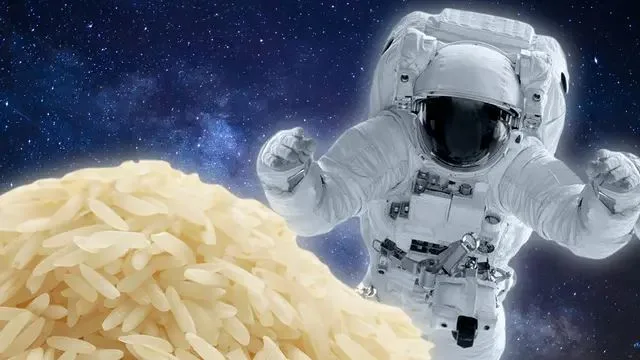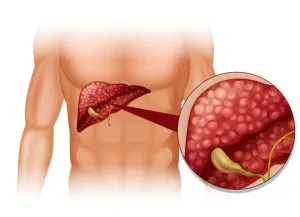Moon-Rice: Growing Food for Future Space Missions
The dream of establishing long-term settlements in space relies heavily on our ability to produce food beyond our planet. A pioneering initiative, the Moon-Rice project, is taking significant strides towards making this a reality. This project is focused on cultivating rice on the lunar surface, a crucial step for sustaining future space missions and potentially enabling lunar colonization.
The Significance of Growing Food in Space
Transporting food from Earth to space is expensive and logistically challenging. Therefore, developing methods to grow food in situ – directly at the location where it will be consumed – is vital for long-term space habitation. Rice, being a staple crop for a large portion of the world’s population, is an excellent candidate for this purpose.
- Reduced mission costs: Growing food in space minimizes the need to transport large quantities of supplies from Earth.
- Nutritional independence: Provides astronauts with a sustainable source of essential nutrients.
- Psychological benefits: Cultivating plants can improve the mental well-being of astronauts during long-duration missions.
How Moon-Rice Works
The Moon-Rice project utilizes advanced hydroponic and aeroponic techniques to grow rice in controlled environments. These methods require minimal soil and water, making them ideal for space applications. The project also focuses on developing rice varieties that are resilient to the harsh conditions of space, including radiation and microgravity.
Key Aspects of the Project:
- Developing specialized growth chambers that mimic Earth-like conditions.
- Testing different rice varieties for their adaptability to space environments.
- Implementing closed-loop systems to recycle water and nutrients.
Challenges and Future Directions
Growing food in space presents numerous challenges, including radiation exposure, microgravity, and the lack of a natural atmosphere. The Moon-Rice project is actively addressing these challenges through research and technological innovation. Future plans include conducting experiments on the International Space Station and ultimately on the Moon itself.
Overcoming the Hurdles:
- Developing radiation-shielded growth chambers.
- Designing systems to mitigate the effects of microgravity on plant growth.
- Creating sustainable and efficient resource management strategies.
Final Words
The Moon-Rice project represents a critical step towards enabling long-term space habitation. By developing sustainable methods for growing food beyond Earth, we pave the way for future space exploration and the potential establishment of lunar and Martian colonies. This innovative project not only addresses the practical challenges of space travel but also inspires us to imagine a future where humanity can thrive among the stars.




+ There are no comments
Add yours